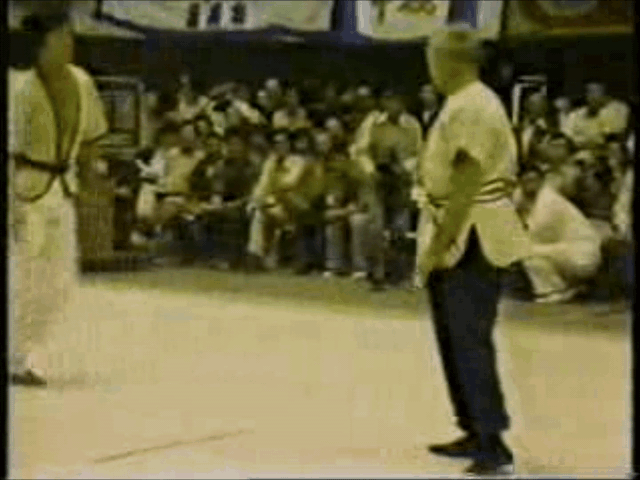isshinryuronin
Senior Master
I guess you did not read the post just above yours. Here are parts that may change your opinion:Yes, most kata seem to be more of an encyclopedia of techniques, rather than fighting concepts.
Some of the themes a particular kata may concentrate on include: Evasion by body motion or stepping w/counter, physical conditioning, grabbing and throwing down, grabbing and breaking, defending against grabs, simultaneous defense/offense, and attacking with two weapons at once - concepts of application, and possible variations. This is all in addition to various blocks, kicks and strikes, footwork, and transitions between combos. The list goes on.
Do you know any kata? Have you been taught their applications? Are you sufficiently advanced to really make a judgement call on what kata are? Or just parroting what other inexperienced people have posted?The traditional katas were based on the fighting styles of the masters they were named after (like Chinto, Wansu or Kusanku) or to stress particular concepts and principles (like sanchin and naihanchi). They were not put together by randomly pulling techniques from here and there and sticking them together. Each one has been carefully crafted.


